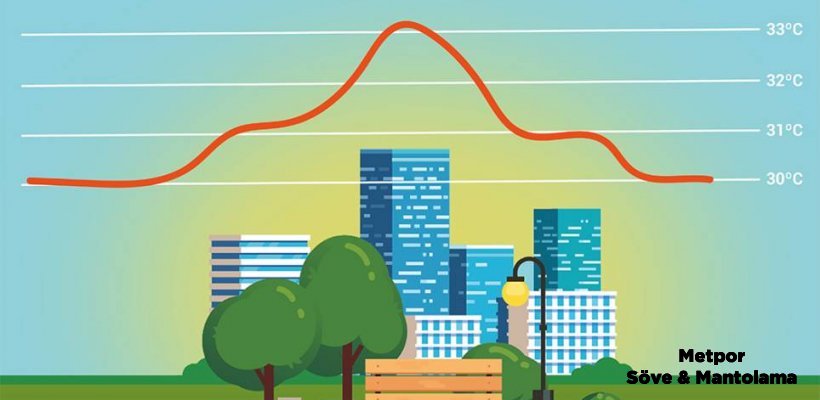What is Thermal Insulation in Physics?
Heat insulation; A substance that is hot according to geographical conditions cools down until it reaches the same temperature as its surroundings. If this hot substance is isolated from the region it exists, it retains its heat for a long time. If a substance that is cold according to the region it is in is insulated, it remains cold for a long time. Preventing or minimizing the heat flow between two regions with different temperatures is called thermal insulation. Heat insulators are used to provide thermal insulation.
With the help of sheathing made on the exterior, the region that wishes to remain warm is warm; The region that wishes to remain cold may remain cold. Thermoses cut off the heat flow of the added materials in the outer area and ensure that the initial temperature is maintained for a long time. The glass of the thermos flask has two layers. The air between the floors is evacuated. These spaces are called vacuums. With the help of vacuum, the conduction of heat is prevented. Thus, jacketing is provided in thermos. Thermoses keep hot liquid hot and cold liquid cold. Stagnant air is a good heat insulator. Although your body temperature is constant, you prevent the flow of heat by trapping the hot air.
In particular, the air layer between the yarns of woolen clothes prevents the heat flow from the body to the outer region. Thermal Insulation in Buildings in order for people to lead a healthy and comfortable life, the average temperature of the region should be 20 - 22°C. In winter, the air temperature is usually below 20°C, and in summer it is well above this temperature. Depending on the seasons, there is a heat flow between the buildings and the surroundings. In winter, heat flow from the buildings to the exterior , while in summer, the heat flow is from the exterior to the buildings.
In order to provide a healthy and comfortable area in the building area, sufficient heating in winter and sufficient cooling in summer is required. Energy is consumed for heating and cooling. While the energy for heating is generally met from fuels, electricity is used for cooling. Thermal insulation is done by limiting the heat flow in buildings. But a rate of heat is always transmitted. Before insulation is made in buildings, it should be identified from where the heat is transmitted the most. The walls, windows, doors, floor and roof separating the inner zone of the buildings from the outer zone are the places where the heat flow is the most.
What is Physics Course and Thermal Insulation for Students?
With the help of thermal insulation created in buildings ;
- It can contribute to the economy of the family and the country by saving an average of 30 - 90% from the expenditures created with the aim of heating and cooling.
- Home, school, workplace, hospital etc. In addition to providing a healthy and comfortable area in places, energy savings can be made by consuming less energy. Harmful gases introduced into the atmosphere are reduced. As a result, air pollution and global warming can be reduced.
Wear and decay of buildings can be prevented and their lifespan can be extended. - By providing thermal insulation in buildings, materials with insulating properties are used. The insulation materials used by reducing the heat flow are called thermal insulation materials. These are generally light, long-lived special materials with low thermal conductivity. Glass wool, rock wool, polystyrene styrofoam, wood wool, perlite are some of these materials.
- The material is selectedaccording to the place where the insulation will be made. In this selection, importance is given to metrics such as the material's burning, water permeability, freezing and thawing, and resistance to future loads.





Metpor
info@metpordekor.com
Okunma Sayısı : 223